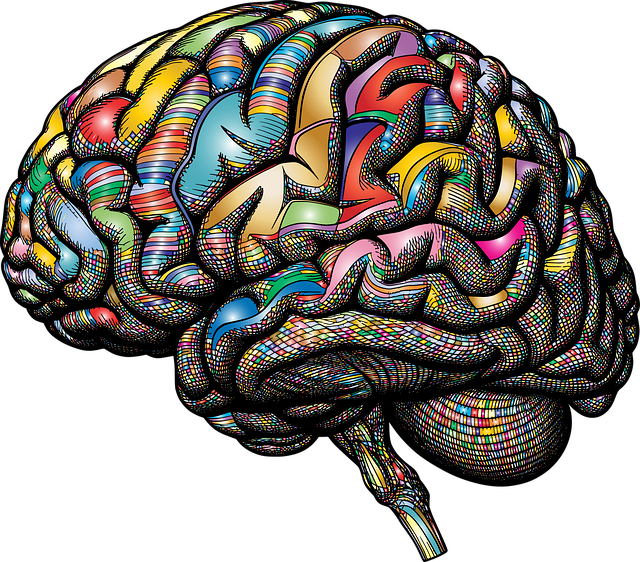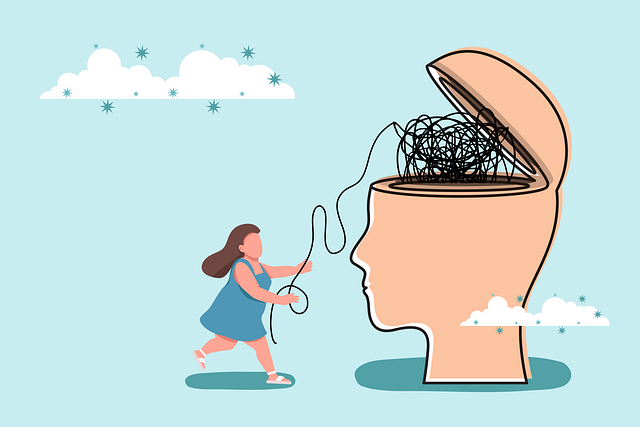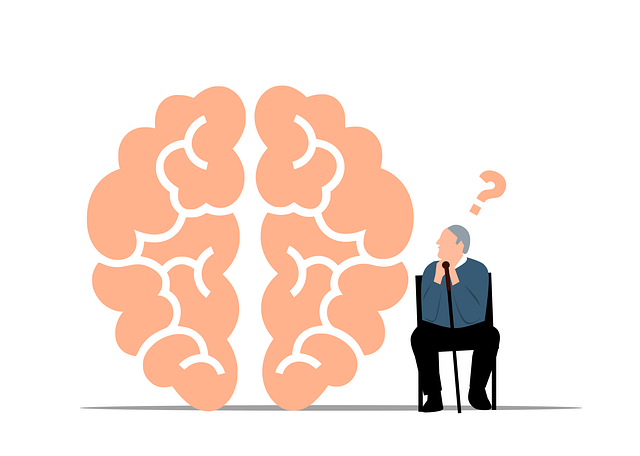Mental health stigma, particularly around conditions like Castle Rock Dissociative Disorder (CRDD), hinders access to care and leads to social isolation. CRDD Therapy, a holistic approach emphasizing self-awareness, challenges these stigmas by integrating fragmented memories and emotions. To reduce mental illness stigma, comprehensive strategies are needed: awareness campaigns, education for both public and healthcare providers, peer support groups, and policy changes like burnout prevention for medical professionals. Integrating these initiatives fosters understanding, empathy, and supportive environments for those facing mental health challenges.
Mental illness stigma remains a significant barrier to treatment and recovery. This article explores efforts to reduce this societal burden, focusing on understanding the profound impact of stigma on mental health. We present a case study of Castle Rock Dissociative Disorder Therapy, highlighting its successful strategies in combating stigma. Additionally, we offer practical guidelines for effective stigma reduction, emphasizing empathy, education, and accessible care. By tackling these issues, we aim to foster a more supportive environment for individuals navigating mental health challenges.
- Understanding Stigma and its Impact on Mental Health
- Castle Rock Dissociative Disorder Therapy: A Case Study in Stigma Reduction
- Strategies for Effective Mental Illness Stigma Reduction
Understanding Stigma and its Impact on Mental Health

Stigma surrounding mental illness can have severe consequences on an individual’s well-being and recovery journey. It often manifests as negative attitudes, stereotypes, and discrimination, creating a barrier to seeking help. Many people struggling with conditions like Castle Rock Dissociative Disorder face societal challenges due to misconceptions and lack of understanding. This stigma can lead to social isolation, reduced access to quality care, and even self-stigma, where individuals internalize these negative perceptions, impacting their self-worth and coping mechanisms.
Reducing the mental health stigma is a crucial step towards fostering empathy and improving overall well-being. Mental Health Awareness campaigns play a vital role in educating communities about various disorders, their causes, and effective treatment options, such as Castle Rock Dissociative Disorder Therapy. By implementing strategies to build empathy, we can challenge societal norms and create supportive environments. Encouraging open conversations, sharing personal experiences, and promoting Stress Reduction Methods are powerful tools to dispel myths and promote a culture of acceptance and care for individuals with mental health concerns.
Castle Rock Dissociative Disorder Therapy: A Case Study in Stigma Reduction

In recent years, Castle Rock Dissociative Disorder Therapy (CRDDT) has emerged as a pioneering approach in reducing stigma surrounding mental health issues, particularly dissociative disorders. This therapy model goes beyond traditional treatment methods by emphasizing self-awareness exercises and mind over matter principles tailored to each individual’s unique experiences. By encouraging clients to confront and integrate fragmented memories and emotions, CRDDT fosters a deeper understanding of the disorder, dismantling internalized stigma and promoting self-acceptance.
The effectiveness of CRDDT lies in its holistic approach, incorporating conflict resolution techniques to address the interpersonal barriers often associated with mental illness. Through targeted interventions, individuals learn to navigate relationships more effectively, challenging societal perceptions and reducing the isolation commonly experienced by those living with dissociative disorders. This case study offers a glimpse into how innovative therapeutic strategies can empower individuals to overcome stigma and reclaim their lives.
Strategies for Effective Mental Illness Stigma Reduction

Reducing stigma associated with mental illness requires a multifaceted approach. One key strategy is mental wellness education and awareness campaigns that provide accurate information about various conditions, like Castle Rock Dissociative Disorder Therapy, to dispel myths and misconceptions. These initiatives should target both general audiences and healthcare provider cultural competency training to ensure professionals are equipped to offer empathetic, non-judgmental care.
Additionally, peer support groups and sharing personal stories can be powerful tools in stigma reduction. They foster understanding and empathy, encouraging open conversations about mental health challenges. Moreover, integrating these efforts into wider societal conversations and policy changes, such as addressing burnout prevention among healthcare professionals, is essential for creating a more inclusive and supportive environment for individuals with mental illness.
Mental illness stigma is a pervasive issue, but with dedicated efforts like Castle Rock Dissociative Disorder Therapy, significant progress can be made. By employing evidence-based strategies outlined in this article, we can foster understanding and reduce the barriers faced by those seeking help. Through open dialogue, education, and supportive communities, it’s possible to create a more inclusive society that embraces mental health awareness, mirroring the successful outcomes seen in innovative programs like Castle Rock Dissociative Disorder Therapy.













